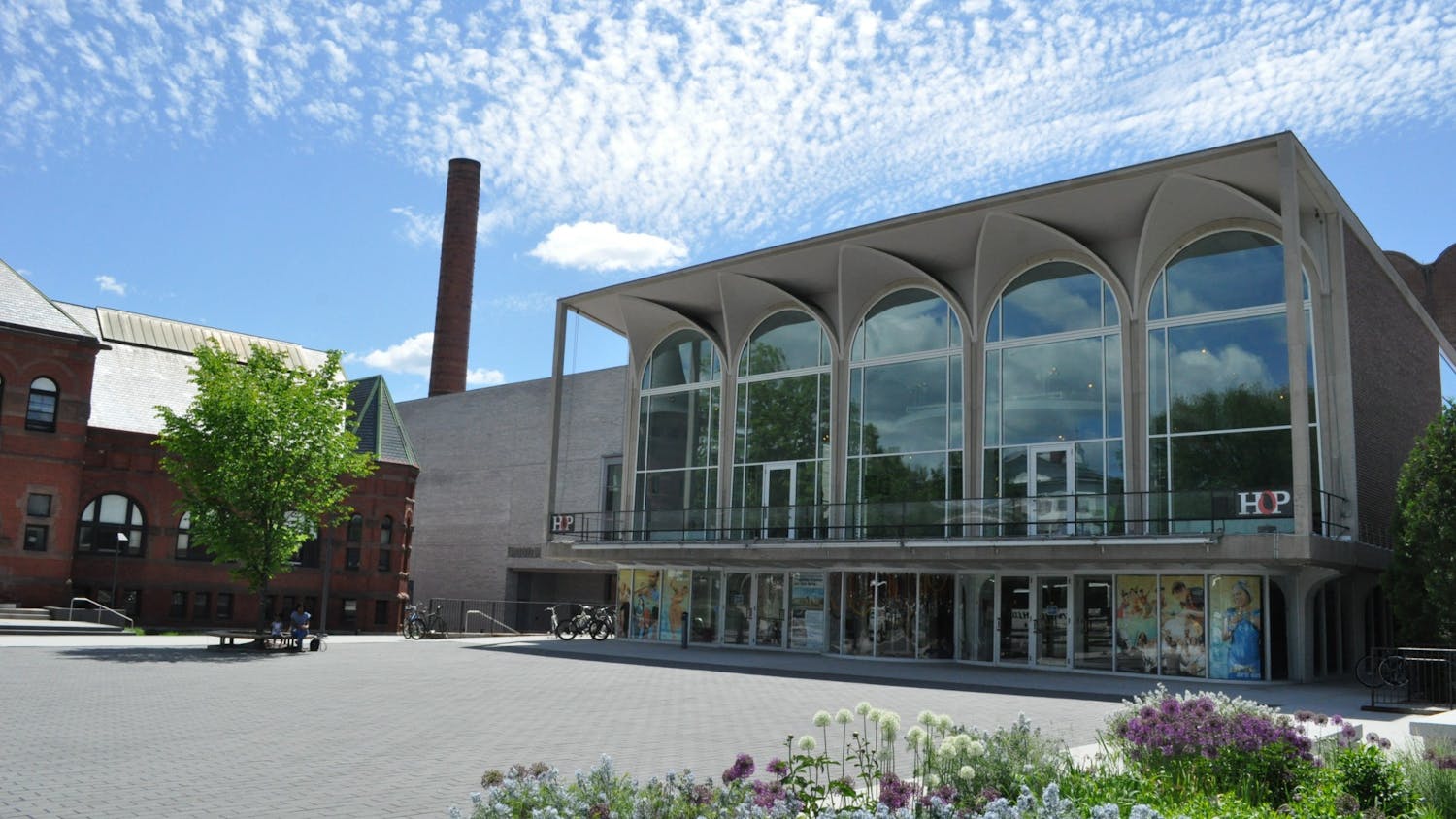Noche Flamenca held two sold-out performances Friday and Saturday nights, giving audiences a satisfying taste of the rich art of flamenco. The show was composed of several segments, showcasing various aspects of modern and traditional flamenco.
The group, founded in Madrid in 1993 by Martin Santangelo and his wife Soledad Barrio, is a troupe of talented dancers, singers and guitarists.
For the past decade and a half, in addition to becoming one of the most successful flamenco groups in Spain, Noche Flamenca has traveled the world and gained international acclaim.
Though Noche Flamenca has been performing for only 16 years, the art it practices is centuries old. Flamenco originated after the Spanish Inquisition of the late 1400's, primarily as a type of singing within the persecuted Gypsy population.
According to Santangelo, song allowed the Gypsies to express their continued suffering and their hope for a better future. As Gypsies continued to practice flamenco, they began to incorporate various instruments and dances, and by the beginning of the 19th century, as Gypsies came out of hiding, flamenco had become a part of mainstream Spanish culture.
Although today most people think of flamenco as solely a type of dance, its origins in song remain central to Noche Flamenca's performances.
"Everything in flamenco is based on the song," Santangelo explained. "It's about justice and personal freedom."
Though it remains close to its historical roots, flamenco has also evolved to incorporate modern elements of jazz, rock and French folk music.
The performance on Friday night fluidly blended the traditional with more modern elements of flamenco. Much of the music, while played with traditional flamenco guitars and based on traditional Spanish melodies, was reminiscent of modern jazz, with its slow, seductive rhythms.
The performance focused more on the musical aspects of the genre than on the more famous, eye-catching dance that usually accompanies it.
Some parts of the show lacked dancers altogether, including a moving segment featuring only one singer accompanied by a guitarist.
Even without the visual aid of the dancers, the audience felt the suffering and hope inherent in the art form.
Despite a strong emphasis on song, the group's dancing was more successful in holding the audience's attention. Though the show opened with a slow guitar melody, the energy in the theater skyrocketed several minutes into the performance when the dancers took the stage. The room filled with the clacks of heels as the performers synchronized their arms and legs to the beat.
The dancers' costumes -- with their black, white and red color scheme -- added to the intensity of the performance. The men wore dark suits that contrasted with women's bright shawls and playful, ruffled skirts. The garments followed the dancers' movements, creating a beautiful image on stage.
Guest artist Antonio Jimenez was especially impressive, with his feet providing the music's percussion. At some points, Jimenez's feet moved so quickly that he seemed superhuman. His extreme talent garnered the greatest applause of the night.
"I have no idea how he was able to move like he did," audience member Emily Rowan '11 said following the performance. "It's obviously a gift."
On Saturday, Barrio led a master class that allowed a small group of participants to try their feet at flamenco's furious beats. After seeing the performance the night before, I was excited yet intimidated to attempt the dance. Thankfully, the class was directed towards beginners, and Barrio slowly demonstrated simple moves.
While keeping up with Barrio did not prove too challenging, trying to emulate her fluidity seemed impossible as she swayed her arms perfectly in sync with her feet.
Despite varying levels of success, the participants seemed to come away with an appreciation for the genre.
"It was so much fun," participant Laura Lane '11 said. "I'd never danced flamenco before, but I'm glad I tried it. It really is a beautiful form of art."




